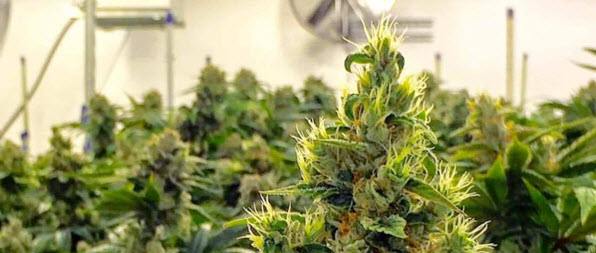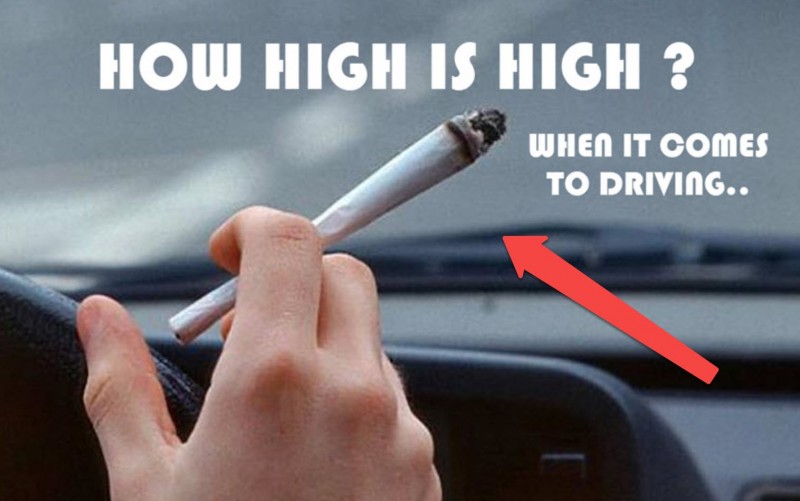How High Is Too High When It Comes To Driving?
How Much Cannabis Can You Have and Still Drive? from CannabisNet on Vimeo.
And other facts about cannabis and driving that you need to know
Cannabis is medicine to many, fun for the rest, and legal in more states than ever. But this doesn’t mean that you should drive while high. However, the topic of driving while high is still hazy and a subject of hot debate.
Remember that there was a point in time before when things were just as cloudy when it came to drunk driving. Not much was known scientifically about alcohol and its effects on the human body back in the prohibition, but today breathlyzers are more precise than ever. But when it comes to cannabis use and driving, we’re still on the other end of the spectrum.
Nobody knows exactly how many puffs of which strain will get you “too high to drive”, or even “too high” for anything. There are many things that will affect how high you get, such as your weight, sex, genetics, and more. With alcohol, we already know about its pharmacokinetics – which is the way booze is absorbed in the body, then distributed, and eliminated; we also know its pharmacodynamics better than ever, or how the alcohol affects both the body and the brain.
The consensus is that nobody should drive even if they feel the slightest bit impaired. Even the National Highway Transportation Safety Administration (NHTSA) doesn’t have specific answers. Based on their July 2017 report to Congress about cannabis and driving, there’s no way to measure just how stoned someone is when they’re sitting down, what more use an accurate device like a Breathalyzer to precisely pinpoint just how impaired a driver is after pulling them over.
But here’s what we know about cannabis and driving so far.

Cannabis Is (Generally) Strongest Within The First Hour
Research says that individuals who drive within the first hour of consuming cannabis can double their risk of getting into a driving accident. During this time, the effects of THC are the strongest. However, it’s generally safer to drive up to three hours after smoking a joint. These are just generalizations, and drivers still need to understand that THC lingers in the blood long (sometimes for up to 30 days) after you feel its effects wear off. You also need to keep in mind that people metabolize THC differently, which means that other drivers may still feel the effects of THC up to five hours later.

Stoners Tend To Overestimate How Impaired They Are
People who are under the influence of alcohol are more likely to underestimate how impaired they are, while people who are under the influence of cannabis are more likely to overestimate it. This is why people who use cannabis are actually more likely to drive slower, follow other vehicles in greater distances, and reduce the risks that they take on the road. According to the NHTSA and other researchers, people who drink booze tend to drive faster, take more risks on the road, and follow other vehicles at closer distances.

Cannabis Slows Down Your Reaction Time
Cannabis, particularly the THC content, has been shown to impair judgment – this makes it more difficult for you to know exactly when to step on the brakes which can cause problems on the road. It also impairs your perception of speed and time. Research also suggests that THC is more likely to cause impairment in occasional cannabis users compared to regular users, likely because of the tolerance that chronic smokers develop over time.
Driving Under The Influence Is Still A Crime
Just like drunk driving, driving under the influence of cannabis is still considered a crime. The same holds true even if you’ve been driving under the influence of drugs that you are prescribed, including medical cannabis. Law enforcement officers have already been trained to spot the signs of driving under cannabis, by checking for nervousness or bloodshot eyes. If needed, they can conduct drug testing by measuring the levels of THC content through saliva, urine, or blood. In some states such as Washington and Colorado, there is an established legal limit for just how much is considered as “driving under the influence”; in these states its 5 ng/ml but in other states they are still waiting for more research to effectively determine THC levels and its impact on impairment. Some states have a zero tolerance law, which means that if you are found driving with even the most minute amount of THC or any of the metabolites of cannabis in your blood, this will be considered a violation of driving under the influence laws.
Keep in mind that DUI laws differ by state but no matter where you are, it’s still a crime to drive if you’re impaired.
OTHER STORIES YOU MAY ENJOY...
DRIVING STONED, WHAT CAN POLICE DO? CLICK HERE.
OR..
CAN YOU DRIVE ON CBD, CLICK HERE.
OR..
CANNABIS BREATHALYZER FROM STANFORD, CLICK HERE
OR..
CANNANBIS AND DRIVING - EXPERTS ARE WRONG, CLICK HERE.
OR..
CANNABIS BREATHALYZER TESTS GET FUNDING, CLICK HERE.












